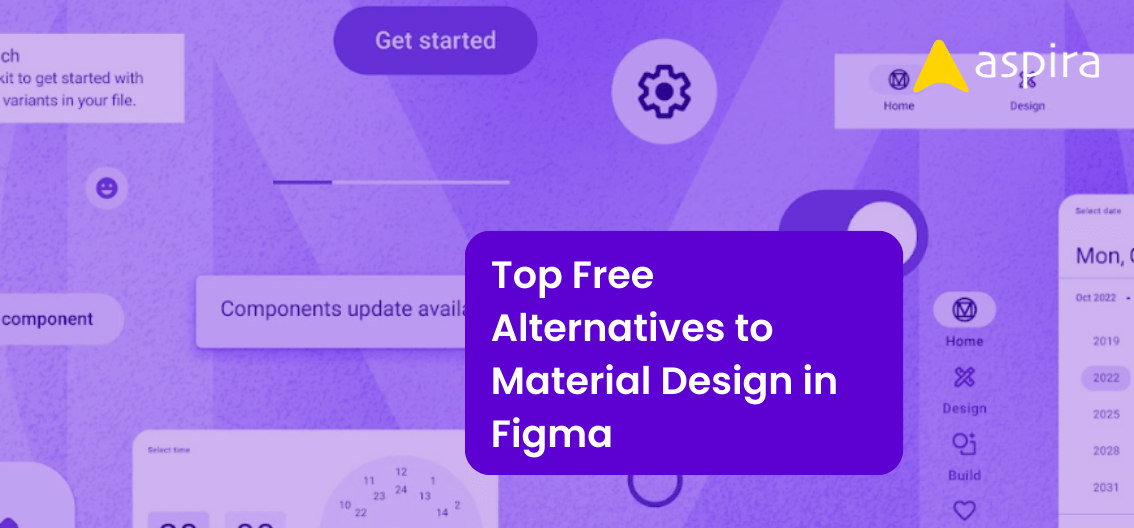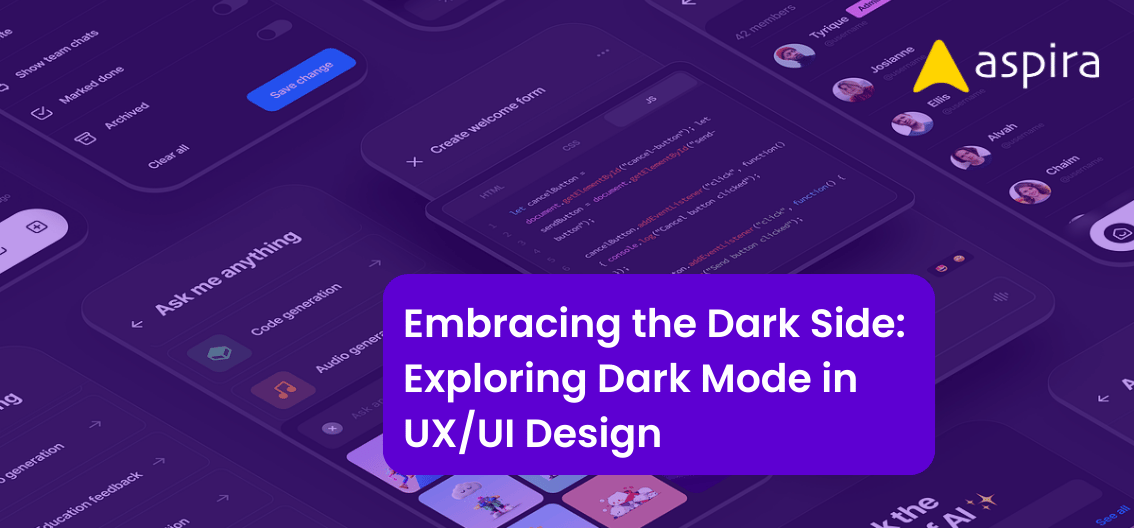UX Design - Mentor & Author.
25 Oct, 2023

Building your personal brand plays a crucial role in career development, regardless of your field. However, in UX design, it holds even greater significance. This is because employers primarily assess us through our online presence when considering us for UX roles. Yet, personal branding extends beyond this point; it enables you to connect with numerous UX designers, facilitating the exchange of knowledge and skills.
If you’re starting a career in UX design, being active on social networks like LinkedIn and Medium can really help you get to know about the field. In this article, we will explore how to build, where to build, and how to maintain your personal brand. Let’s begin.
How to Build Your Personal Brand
A personal brand is essentially the creation of your online presence on social media platforms. So, the first question that arises is, how do you go about building a personal brand? The initial step involves gaining a solid understanding of the field, particularly what UX involves. During this learning process, you’ll likely come across UX projects, Daily UI challenges, and more. To proceed, you should engage in designing a UX project and delve into learning about UX principles, terminology, and relevant articles.
Once you’ve completed these steps, you’ll have a portfolio of UX projects, a comprehensive knowledge of UX laws and terminology, and more. Now, let’s explore the critical next step: where to establish our personal brand.

Where to Build Your Personal Brand
You can select 4-5 primary social media platforms to focus on. In this case, let’s consider LinkedIn, Medium, Behance, and Dribbble. These platforms see active participation from UX designers, unlike other social media sites like Instagram or Facebook. If you want to take it a step further, you can create your own website to display your projects and blogs.
Firstly, aim to grow your LinkedIn connections to at least 500. Connect exclusively with UX designers who can better relate to your posts and vice versa. After completing a UX project, showcase your best work on Behance. Share the Behance link on your LinkedIn profile to notify your connections about your project.
Additionally, write short articles on Medium (3-4 minutes reads) sharing your learning experiences and early struggles in UX design. Share the Medium article links on LinkedIn as well. Whenever you post something related to UX design, be sure to share the link on LinkedIn to broaden your reach.
On Dribbble, you can participate in daily UI challenges or share small projects, keeping in mind Dribbble’s limitations for long-form content. If you decide to create your own website, feature all your posts, projects, and blogs there. These platforms constitute the foundation of building your personal brand. Now, let’s discuss how to maintain your presence on these platforms.
How to Maintain Your Personal Brand
Now that you’ve established your personal brand across various social media platforms, the next crucial step is maintaining the brand you’ve built. This can be quite challenging, especially once you’re immersed in a job, making it hard to find time for posting, writing articles, and continuous learning. However, it’s essential to keep up with these activities, no matter how busy you become.
One effective strategy is to plan your content on a weekly or monthly basis. Choose a specific day to outline the posts and articles you’ll work on in the upcoming week or month, then create them all in one dedicated session. I recommend aiming to post at least three times a week. This consistency not only helps you maintain a steady flow of content but also keeps your audience engaged. Remember, it’s not just about building your personal brand; it’s about actively maintaining it.
Conclusion
By now, you should understand how crucial it is to build a personal brand in your career, especially if you’re a career switcher. However, it’s important to note that this isn’t exclusive to career switchers; every designer can benefit from establishing their own personal brand. It not only helps them but also benefits fellow designers.
Encourage your friends and colleagues to create their personal brands as well. If you’re transitioning careers, consider putting in a little extra effort when developing your brand. For example, building your own website to showcase and share UX articles and other relevant content can significantly enhance your chances of landing a job. Don’t hesitate to begin; there’s no better time than now.
Best of luck in your career endeavors!


